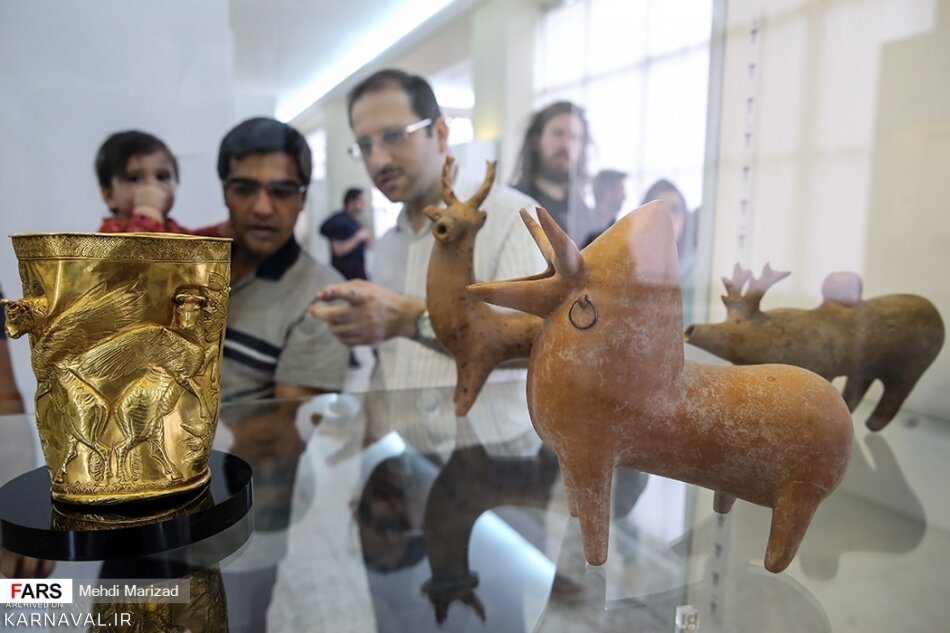Visits to cultural heritage sites and museums reach 22 million

TEHRAN - Some 22 million visits to Iranian cultural heritage sites and museums have been registered during the first 11 months of the current Persian year, which began on March 21, 2023.
“From the beginning of the year until the end of Bahman, more than 22 million people visited cultural heritage museums and historical sites. This is while the number of visitors in the previous year was 21 million,” an official with the cultural heritage ministry said on Thursday.
“One of the contributing factors to the increased revenues of the Ministry of Cultural Heritage has been the rise in museum visits,” Ali Tolouei said.
Tolouei further elaborated on the challenges faced by the ministry, stating, “We have nearly 6 million historical artifacts, but only 150 positions for property custodians, despite the fact that our properties have other responsibilities.”
We need at least 600 additional property custodians for the preservation of historical artifacts.”
The ancient country is home to one of the world’s oldest continuous major civilizations, embracing settlements dating back to 4000 BC. It also hosts some of the world’s oldest cultural monuments, including bazaars, museums, mosques, bridges, bathhouses, madrasas, gardens, rich natural, rural landscapes as well as 26 UNESCO World Heritage sites.
The name of Iran, formerly known as Persia, mostly conjures up the first Persian Empire, ruled by the Achaemenids (ca. 550– 330 BC) and sites such as Pasargadae and Persepolis. However, there are tens of prehistorical sites, such as the Burnt City in Sistan-Baluchestan, Tepe Sialk in Kashan, Susa and Chogha Zanbil in the Khuzestan province, and Ecbatana in Hamedan which predate the Achaemenid period.
From a wider point of view, Iranian history can be divided into Pre-Islamic and Islamic eras. The Medes unified Iran as a nation and empire in 625 BC. The Islamic conquest of Persia (633–656) that put an end to the mighty Sassanid Empire (224–651) was a turning point in the history of the nation.
AM
